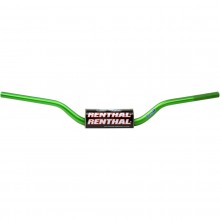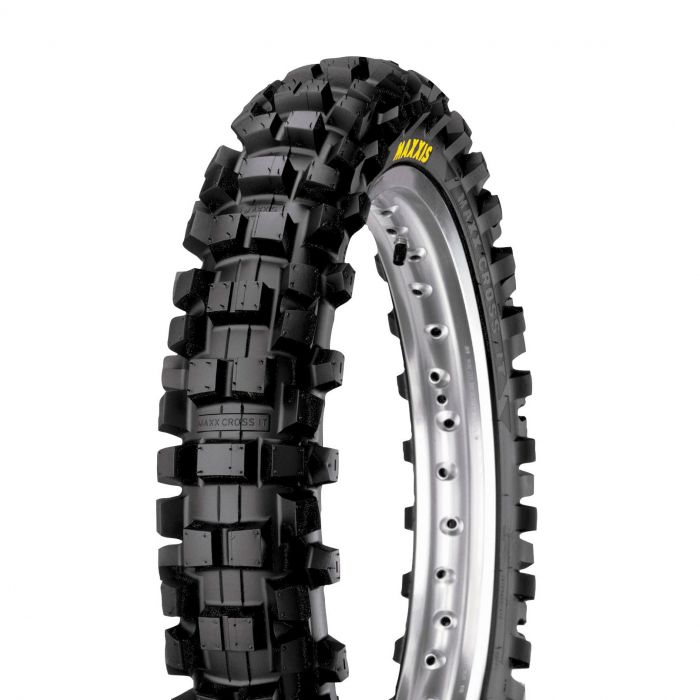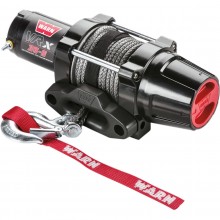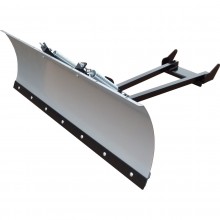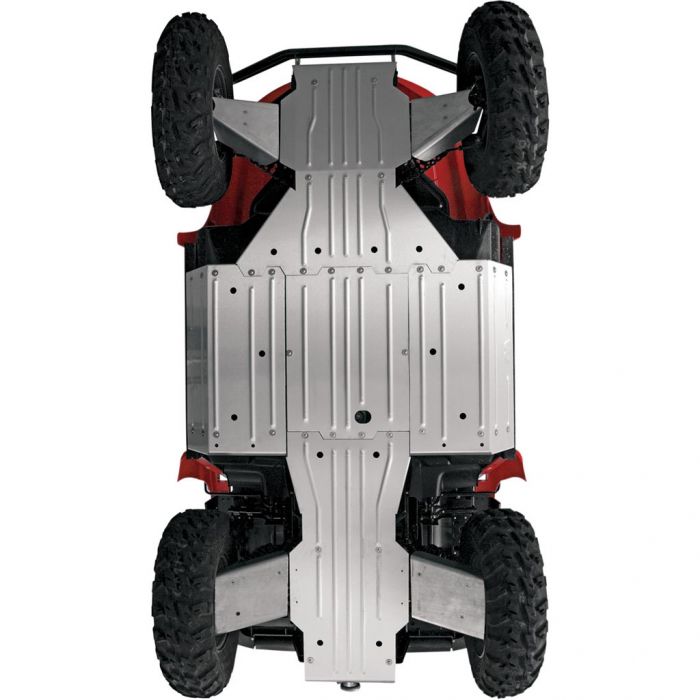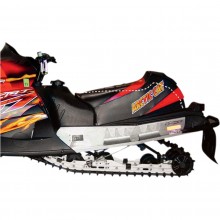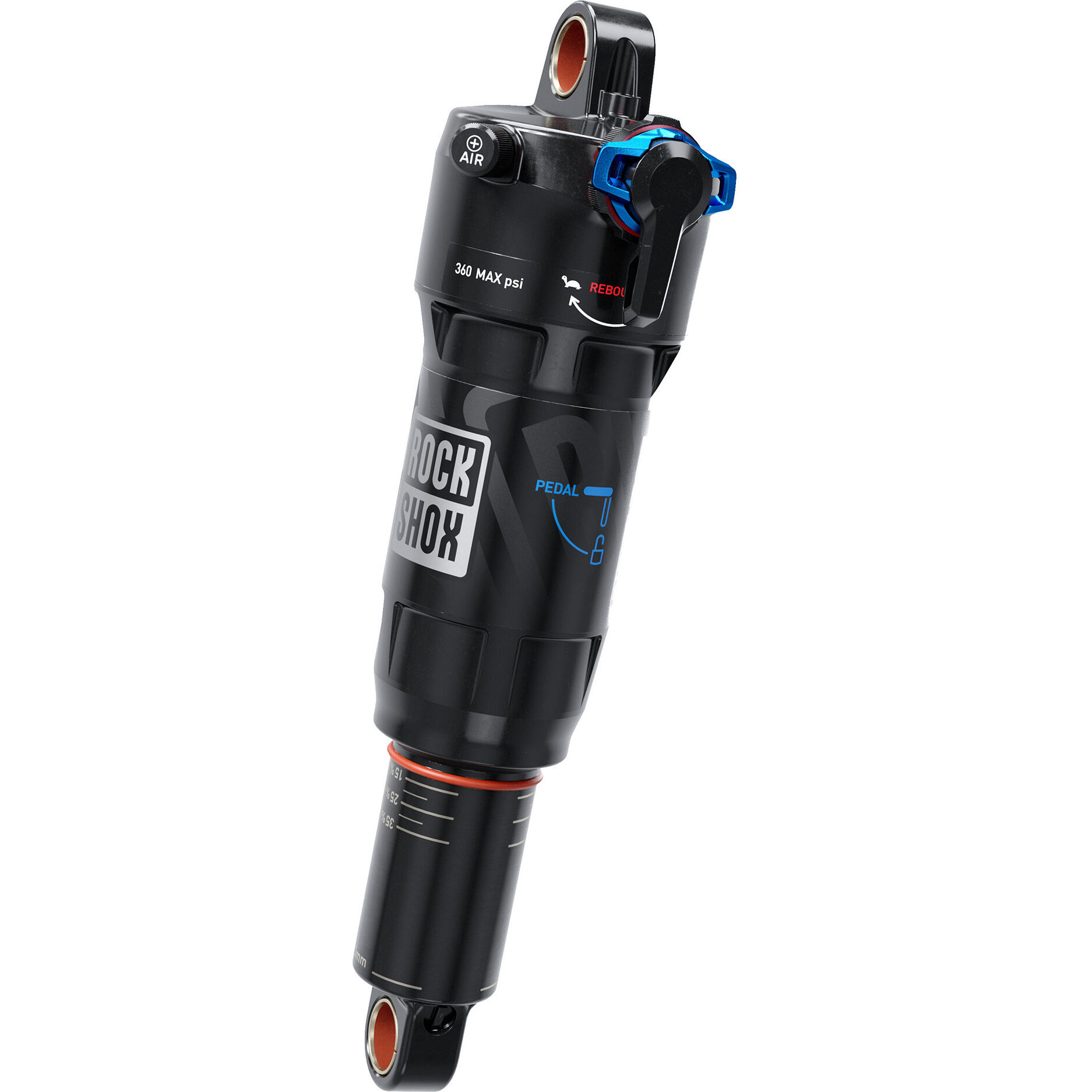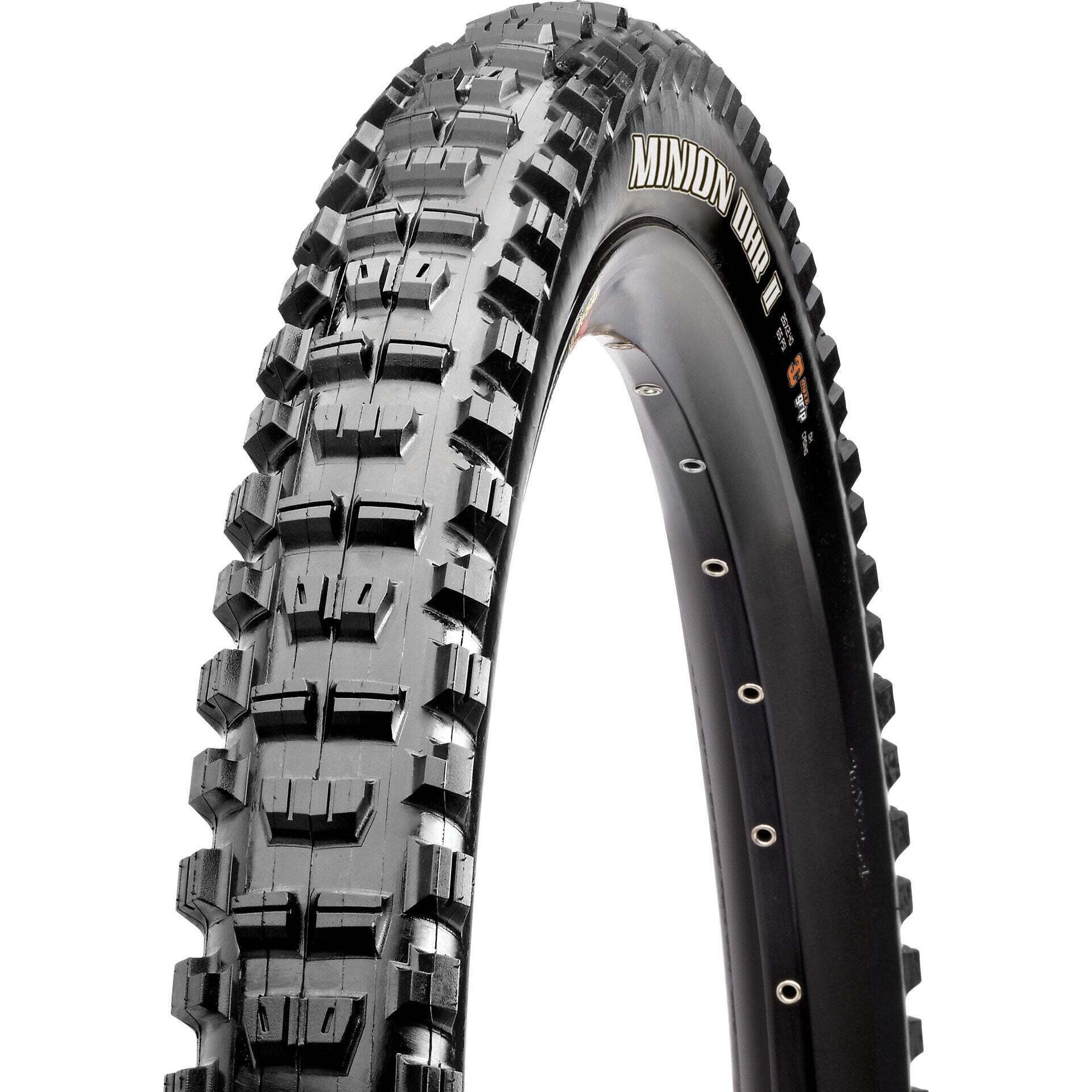Over time, chains stretch out. So regular inspection and adjustment is a crucial part of motorcycle maintenance.
Motorcycle Chain Slack
Your owner’s manual will tell you what the correct range of chain slack is for your motorcycle. Measuring chain slack is the easiest way to tell if your motorcycle chain is running at the right tension. For many machines, chain slack should be between 25 and 30 millimeters (1 to 1.2 inches).
How to Measure Motorcycle Chain Slack
To correctly measure your chain slack, first find the tightest spot of the chain—where the tension is at its greatest. This is where you’ll make any further adjustments if needed. By adjusting the chain at its tightest point, you’re not in danger of over-tightening the chain. If you do, you risk placing undue stress on the chain, sprockets and transmission bearings. Furthermore, you could decrease the suspension travel and subsequently affect the handling of your bike.
To find the tight spot of your chain, simply pop your bike up on its center stand (if you have one), to get the rear wheel up off the floor. Next, slowly rotate the rear wheel with one hand while pushing up on the lower run of the chain at regular intervals. Where the play is smallest, you've found the tightest point of the chain. With a new chain, a tight spot may be difficult to find…there may not even be a tight spot. But as a chain begins to age, tight spots become more common.
Once you have found the tight spot, you need to measure the chain’s tension to see if it’s within specs. To do this, it’s usually recommended to place the bike back on the side stand. If you leave the bike up on a race stand or center stand, you may get a false measurement—one that is too loose—as there is no weight on the rear suspension. With the bike on it’s side stand, you will get a more accurate measurement. And if you have a friend who can sit on the bike while you measure, that’s often even better.
With a ruler or tape measure, measure the distance between the bottom of the lower run and the ground as you push down on the chain with medium pressure. Then, take the same measurement while pushing up on the same spot of the chain. The difference between these two measurements is your chain slack. If it falls within spec, then all is well: gear up and get out there!
If the slack is too great, then you need to adjust the chain’s tension.
Remember, a slightly looser chain is better than a chain that is too tight. As you go over bumps or uneven surfaces, the suspension compresses and the chain tightens. So, an overly tight chain will lead to unnecessary stretching, frequent tight spots and a shorter lifespan.
Adjusting the Tension of a Motorcycle Chain
Chain tension is adjusted by moving the rear wheel backwards (to tighten) or forwards (to loosen). You do this by tightening or loosening adjustor locknuts, which are located on each side of the rear wheel. Usually, only minor adjustments need to be made to achieve the correct tension.
It’s important to adjust each locknut equally. Adjusting one locknut more than the other will throw the rear wheel out of alignment. If the rear wheel isn’t perfectly straight, you'll have abnormal tire wear and unwieldy handling.
First thing to do is get the bike back up on the center or race stand. Next, get the tools ready. You’ll need a pair of automotive gloves, the socket size for the rear axle nut, a breaker bar, a torque wrench, pliers, a new cotter pin and a couple of wrenches for the chain-adjustor nuts. Now all you have to do is carefully work through the following ten steps.
Step 1: Remove and discard the cotter pin.
Step 2: Loosen the rear axle nut just enough to allow the axle to move.
Step 3: Loosen the left and right chain adjustor locknuts.
Step 4: Tighten the left and right chain adjustors equally (no more than one flat head of the nut at a time). Remember: If you don’t tighten the chain adjustors equally, the rear wheel will become twisted in relation to the front wheel. This will cause handling issues and abnormal tire wear.
Step 5: Check chain slack.
Step 6: Repeat adjustment process in step 4 until chain slack is within specs.
Step 7: Tighten chain adjustor locknuts.
Step 8: Tighten rear axle.
Step 9: Replace cotter pin.
Step 10: Check tension one more time.






















